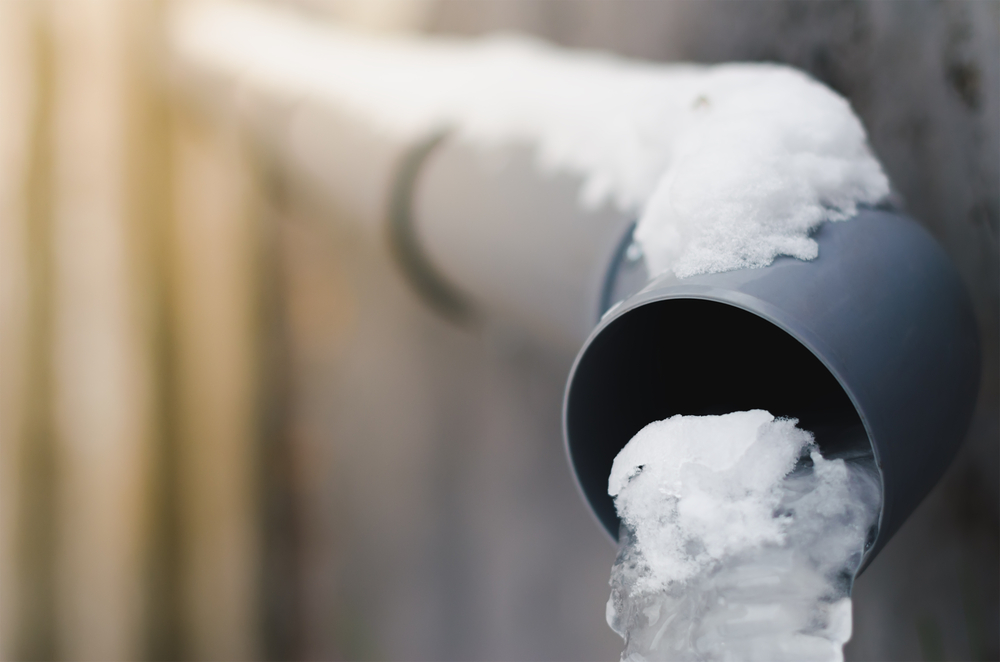Ways to Defend Your Plumbing from Freezing: Critical Strategies
Ways to Defend Your Plumbing from Freezing: Critical Strategies
Blog Article
Are you on the lookout for insight around Prevent Frozen Pipes ?

Cold weather can wreak havoc on your pipes, especially by freezing pipes. Right here's how to prevent it from taking place and what to do if it does.
Intro
As temperature levels decrease, the threat of frozen pipes rises, potentially resulting in costly repairs and water damages. Comprehending how to stop frozen pipelines is critical for home owners in cool climates.
Understanding Icy Pipes
What causes pipelines to freeze?
Pipelines freeze when subjected to temperatures below 32 ° F (0 ° C) for expanded durations. As water inside the pipelines freezes, it broadens, putting pressure on the pipeline wall surfaces and potentially creating them to burst.
Dangers and damages
Icy pipelines can lead to water supply disruptions, residential or commercial property damage, and costly fixings. Ruptured pipelines can flooding homes and trigger extensive structural damage.
Signs of Frozen Water Lines
Identifying icy pipelines early can avoid them from breaking.
Just how to determine frozen pipes
Look for decreased water flow from faucets, unusual smells or sounds from pipes, and visible frost on revealed pipes.
Prevention Tips
Shielding vulnerable pipelines
Wrap pipelines in insulation sleeves or make use of heat tape to secure them from freezing temperature levels. Concentrate on pipes in unheated or outside areas of the home.
Home heating strategies
Keep interior rooms adequately heated, particularly locations with plumbing. Open cabinet doors to enable warm air to circulate around pipelines under sinks.
Shielding Outdoor Pipes
Garden hoses and exterior faucets
Disconnect and drain garden tubes prior to wintertime. Mount frost-proof spigots or cover exterior taps with shielded caps.
What to Do If Your Pipes Freeze
Immediate activities to take
If you suspect icy pipes, maintain taps open to eliminate pressure as the ice thaws. Utilize a hairdryer or towels taken in hot water to thaw pipelines gradually.
Long-Term Solutions
Structural modifications
Think about rerouting pipelines away from outside walls or unheated areas. Include added insulation to attics, cellars, and crawl spaces.
Updating insulation
Purchase high-grade insulation for pipes, attic rooms, and wall surfaces. Proper insulation aids maintain constant temperature levels and reduces the threat of frozen pipes.
Verdict
Protecting against icy pipelines requires proactive measures and fast feedbacks. By recognizing the causes, signs, and preventive measures, house owners can protect their plumbing during winter.
5 Ways to Prevent Frozen Pipes
Drain Outdoor Faucets and Disconnect Hoses
First, close the shut-off valve that controls the flow of water in the pipe to your outdoor faucet. Then, head outside to disconnect and drain your hose and open the outdoor faucet to allow the water to completely drain out of the line. Turn off the faucet when done. Finally, head back to the shut-off valve and drain the remaining water inside the pipe into a bucket or container. Additionally, if you have a home irrigation system, you should consider hiring an expert to clear the system of water each year.
Insulate Pipes
One of the best and most cost-effective methods for preventing frozen water pipes is to wrap your pipes with insulation. This is especially important for areas in your home that aren’t exposed to heat, such as an attic. We suggest using foam sleeves, which can typically be found at your local hardware store.
Keep Heat Running at 65
Your pipes are located inside your walls, and the temperature there is much colder than the rest of the house. To prevent your pipes from freezing, The Insurance Information Institute suggests that you keep your home heated to at least 65 degrees, even when traveling. You may want to invest in smart devices that can keep an eye on the temperature in your home while you’re away.
Leave Water Dripping
Moving water — even a small trickle — can prevent ice from forming inside your pipes. When freezing temps are imminent, start a drip of water from all faucets that serve exposed pipes. Leaving a few faucets running will also help relieve pressure inside the pipes and help prevent a rupture if the water inside freezes.
Open Cupboard Doors
Warm your kitchen and bathroom pipes by opening cupboards and vanities. You should also leave your interior doors ajar to help warm air circulate evenly throughout your home.

I ran across that blog posting on Preventing and dealing with frozen pipes when exploring the web. Be sure to take the opportunity to promote this article if you liked it. Thanks a lot for being here. Come back soon.
Call Today Report this page